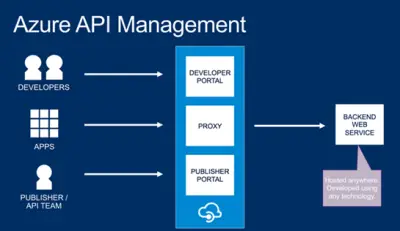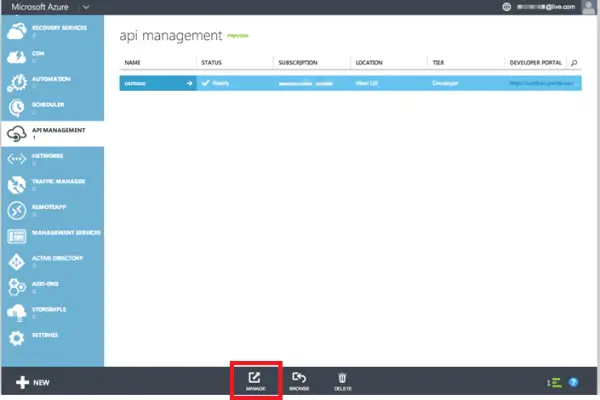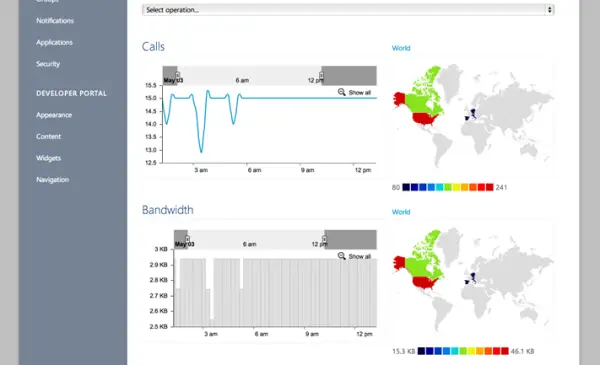API has some serious applications. It now appears to be no more an afterthought for most organizations. The prime reason convincing many developers is that it is API facade which can create or destroy architectures and affect high business returns. There are dozens of platforms available in the market for API’s. However, Azure stands apart from most in the line-up. Microsoft Azure API Management is direct port of APIPhany into Azure.

Microsoft Azure API Management Service Preview
Microsoft acquired API management service Apiphany some months ago with the idea of integrating it into Azure. The efforts has bore results in a different manifestation – Azure API Management. The product looks somewhat incomplete as it is still in preview mode. It is likely to take some time to graduate from the preview mode to final product. Nevertheless, there are features that make the product worth waiting for, claims Microsoft.
The Azure API Management “allows you to expose a set of APIs in the cloud. It allows you to extend the data center out to the cloud,” Anderson said.
The new Azure API management service allows you to create an easy to use API façade over a diverse set of mobile back-end services (including Mobile Services, Web Sites, VMs, Cloud Services and on-premises systems). In addition, it enables you to deliver a friendly API developer portal to your customers with documentation and samples, enable per-developer metering support that protects your APIs from abuse and overuse, and enable to you monitor and track API usage analytics.
Creating an API Service
Now, create a new instance of the Azure API Management service from the Azure Management Portal by clicking New->App Services->API Management->Create. Once done, just hit the ‘Manage’ button and transitioning to the Dashboard page on the Publisher portal.

Developer Portal
Once your API has been published, click on the Developer Portal link. This will launch a developer portal page that can be used by developers to learn how to consume and use the API that you have published. It provides a bunch of built-in support to help you create documentation pages for your APIs, as well as built-in testing tools.
Analytics and Reports
The objective that serves as secondary function for any API platform is the health management of the API. Analytics system that comes shipped with new Azure includes the health management information, graphs etc. The tool is just a click away from the Analytics page. It presents reports on various aspects of the API, such as usage, health, latency, cache efficiency, etc.

Read the full details at ASP.net.
Leave a Reply